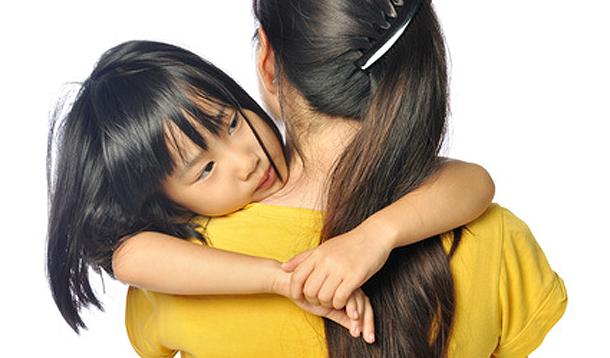
Recurrent pain like headaches and stomach aches are common in kids. But as a parent it can be bewildering and—let’s face it—frustrating to deal with. When your kid tells you she has yet another tummy ache, what do you do? Is it real? What’s causing it? Should you keep her home from school? See the doctor?
My 10-year-old gets a lot of headaches. They happen about once a week on average, and although I’ve managed to reduce them by getting him to drink water and exercise more, they still happen. Changes of routine, or weather, or sleep habits—these all contribute to his headaches. And sure enough, now that we’re back-to-school, he’s been getting more headaches than usual.
As a family doctor, I see the same things I see in my son in lot of my patients. Many kids struggle with recurrent headaches and stomach aches, even after significant underlying medical reasons have been ruled out. Although there may be phases where it’s better or worse, it still happens.
Research shows that one in five children experience recurrent pain on a weekly basis or more. The most common type of pain is headaches, followed by stomach aches, and then muscle/joint/back pain. Recurrent pain is more common in girls than boys.
It’s perfectly natural to worry about what’s causing your child’s pain, and it’s important to see your family doctor to properly assess the cause. But the truth is, most of the time, recurrent pains are not a sign of a chronic disease or illness. In fact, 90% of kids with stomach aches have no identified medical reason for the pain.
So why does it happen, then? Well, pain is supposed to be an alarm system to warn us of injury or illness. But all too often that alarm system can be on overdrive. Sometimes it fires for no reason or is overly sensitive.
A lot of people suspect kids are faking pain to get attention or to get out of school. But according to recent research, this is quite rare. It turns out kids are terrible at faking pain and parents can usually see right through it.
Your child is actually experiencing the pain he’s complaining of. Even when there’s not an underlying medical cause, he’s not imagining it, and he’s not faking it.
For many of us, our first impulse is to keep our kids home from school when they have pain. But there are a few reasons why that might not be the right thing to do.
For one, it’s important for kids to learn how to continue to participate in daily activities even when they have recurrent pain. Going to school (and staying at school), doing homework, completing chores at home, participating in social events...these are all things a kid should be encouraged to do. Learning how to cope with pain is an important thing. Pain loves attention, and sometimes, giving in to it will only make it worse.
There are times when a kid does need to stay home, of course, and you need to use your judgement as a parent. Symptoms of illness (a fever, sore throat, diarrhea, etc.) are different than recurrent pain, and keeping a child who is sick with an infection home from school is appropriate.
There are many ways to help kids learn to cope with recurrent pain. First, see if you can identify any stressors at school or home. Even if stress isn’t the cause of your child’s pain, stress makes pain worse.
One final note: it’s important to pay attention to how you talk in front of your child about your own ailments like headaches, back pain, and illness. Kids learn how to respond to recurrent pain by watching their parents—whether you realize it or not.

This is proudly sponsored by our friends at the Centre for Pediatric Pain Research.
www.itdoesnthavetohurt.ca